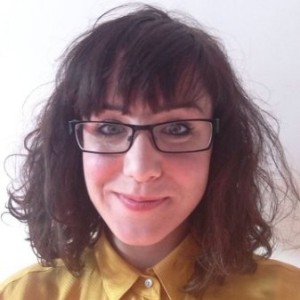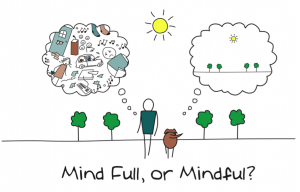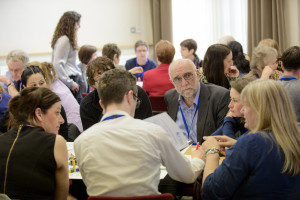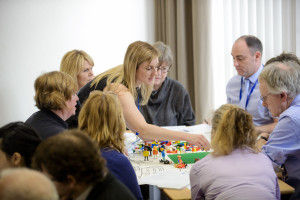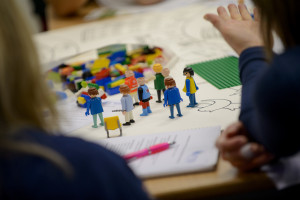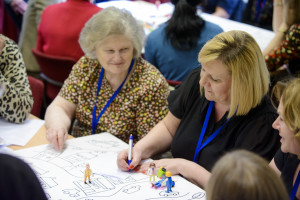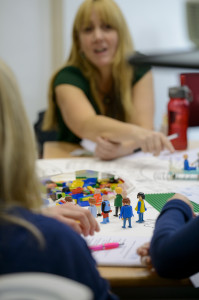As part of our Hospital to Home Project I involved three Service Design Students from Duncan of Jordanstone College of Art and Design (DJCAD) in the co-design workshop process I ran in Tayside.
This was an extremely useful learning experience for myself and for the students as we gained experience in each other’s approach and knowledge of how to engage older people in a co-production design process.
This is an experience that I enjoyed very much and would highly recommend other organisations to utilise the skills of design students and graduates where possible to help develop service design solutions to put in practice.
Below is feedback from Lorri Smyth – one of the students involved in this process – on her experience of this opportunity to work alongside IRISS.
For the past 12 months I have been studying for a Master of Design for Services at the University of Dundee. Throughout this intense and widely rewarding year, I have had the opportunity to explore and develop innovate responses to challenges experienced within the public sector and various business services. The final three months of this course were dedicated to one single project of our choosing. During this time I’ve been fortunate to be involved in the Hospital to Home project along side fellow students Aishwayra Iyengar and Autumn Wang.
To work with IRISS on this project has been a great opportunity to observe some of the challenges and opportunities of co-design in practice. It certainly isn’t an easy thing to do. However, I strongly believe that involving people in the development of services is vital to tackling the challenges we face today and into the future. One simple quote by Albert Einstein has continued to inspire me throughout this year.
“We can’t solve our problems with the same thinking we used when we created them”
The exciting thing about figuring out new ways of thinking, is that there is no set way of doing things. There are no fixed rules, and a limited number people to learn from. It also requires the bravery to embrace change, try things out, make mistakes and try again. There is no set way of integrating co-design into a project, and to be at the forefront of experimenting with these new ways of working has been truly challenging and rewarding.
Working on this project with IRISS has given me the opportunity to see how co-design can be used in different ways. We did not involve people in our project in the same ways that IRISS have, through a workshops. We were also working over a much shorter timescale. Instead, we spoke with people in groups and one to one, to hear their stories. We took these stories back to our studio and developed some ideas. We then involved people during the rapid prototyping and testing of these ideas, incorporating peoples feedback directly into our designs.
From what I have experienced during my time with IRISS and through conducting our independent project, I sense a real enthusiasm and an appetite from people to be involved in the design process. From what I have learned from being part of these projects I will continue experiment with new ways of harnessing creative energies towards generating innovative solutions. It is vital that we enable people to share their thoughts, feelings and creative ideas in ways that are enjoyable, valuable and productive for everyone involved.
I look forward to seeing what the Hospital to Home co-design group produce at the end of their time with the project. We have heard some great insights from people during our time in the workshops that could lead to exciting developments. I’d like to wish the group the very best of luck during their last sessions.
I would like to thank Fiona Munro and her colleagues at IRISS for giving our team this excellent opportunity to be involved in the Hospital to Home project. We have enjoyed our time with the project and look forward to seeing how it progresses.
If you would like to learn more about the project Aishwarya and I have developed please visit our webpage. Here you can view our final prototype and read the full report to accompany the project.
www.designforconversations.com
